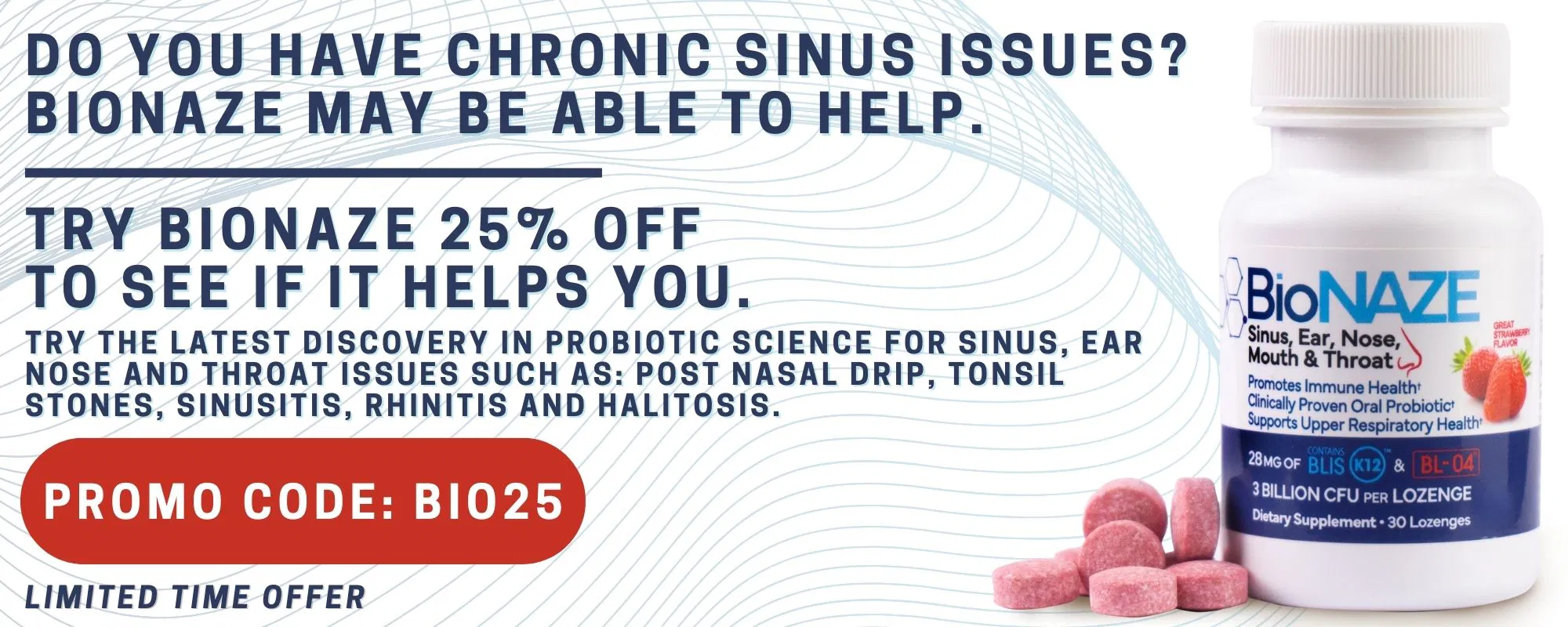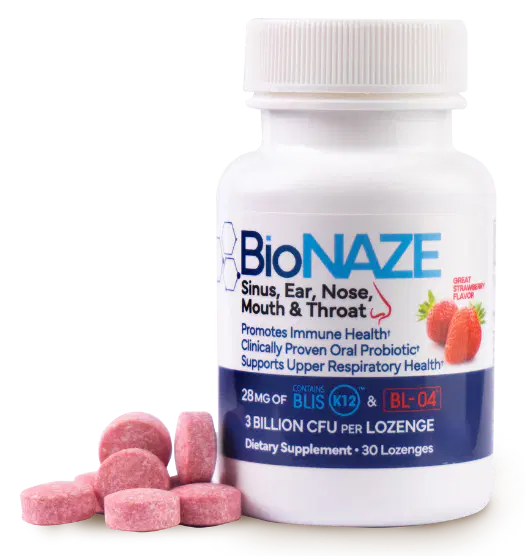What Are The Best Probiotics for Candida?

Published July 25, 2021
Probiotics for candida? Does it really work? According to science, it does. And we’ve got the studies to prove it.
People with candidiasis or candida overgrowth can attest to the inconvenience caused by this fungal infection. Aside from your genital area, it can also appear in your mouth, throat, and tongue. To top it off, it can enter deep into your body (even reaching your gut) and cause various illnesses.
In general, candidiasis doesn’t pose much of a health threat. But if left untreated, it can be fatal. When the infection enters your bloodstream, it can cause sepsis which can lead to immediate death. For people with compromised immune systems, candidiasis can also cause various types of infections. Some of which can be deadly.
A Deeper Look Into Candidiasis
Candida overgrowth is one of the most common causes of infections in humans. We often associate it with genital infections. But unknown to many, there are actually four types of candidiasis:
- Mucosal Candidiasis – this primarily affects mucosal membranes in the genital area and oral cavities. Oral and vaginal candidiasis are types of mucosal candidiasis.
- Cutaneous Candidiasis – this is a type of candida overgrowth that’s prevalent on the skin. It usually affects areas of the skin that are moist and warm such as the armpits and groin.
- Systemic Candidiasis – this includes chronic and invasive candidiasis which normally affects the gastrointestinal system.
- Antibiotic Candidiasis – this is a type of yeast infection caused by antibiotics.
Each of these types of yeast infections can bring a whole host of varying medical conditions.
Symptoms
Since there are many types of candida, the symptoms can vary depending on the body part that’s affected. Some of the most common ones are:
- rash
- redness
- itching and irritation
- thick white vaginal discharge with a cottage cheese consistency
- watery discharge
- oral thrush
- digestive issues
- pain during intercourse
- joint pain
- sinus infection
- tiredness and fatigue
- athlete’s foot
- toenail fungus
- ringworm
Though rare, some candidiasis patients may also develop urinary tract infections, bone infections, osteomyelitis, ulcerative colitis, and even Chron’s disease.
Causes
Candidiasis is caused by Candida Albicans, a type of yeast that normally resides in our skin and gut. In normal circumstances, our immune system can keep it in check so it doesn’t cause any problem. You’ll hardly even notice that it’s there.
But stress, illness, and medications throw your body’s bacterial population out of balance. This is when Candida Albicans grows out of control. Unfortunately, some species of candida are resistant to drugs and antifungal treatments.
Recent research, however, is turning to probiotics as a potential treatment for candidiasis.
Probiotics For Candida: How It Works
Before anything else, you need to know that candidiasis often has similar symptoms with other types of infections. The itching, soreness, and discharge are also characteristics of bacterial vaginosis and sexually transmitted diseases (STDs). So it’s important to talk with your doctor first before looking into probiotic treatments.
We’ve already established that Candida Albicans are microorganisms that naturally live within you. They form part of your microbiome – the body’s microbial population. Aside from harmful microorganisms like candida, beneficial ones also reside in your body. These “good bacteria” are what we call probiotics.
Probiotic bacteria are essential in several bodily functions. But they are mainly responsible for keeping the bad bacteria in check.
You see, when there are fewer good bacteria, the bad ones will dominate. This includes Candida Albicans which, when left unchecked, can cause yeast infections and thrush.
This is how probiotics work against candida. It replenishes the good bacteria population in your body thus restoring a healthy balance to your microbiome. With enough good bacteria, harmful ones like Candida albicans will not proliferate.

Best Probiotic Strains for Candida
One way to ensure the effectiveness of probiotics is to take the right strain. You see, there are hundreds (if not thousands) of probiotic strains out there. Each of them has a different function.
So what is the right probiotic strain to get rid of candida?
In general, all types of probiotic strains offer some sort of protection against candida. But studies made on the following strains showed that they are more effective against candidiasis.
1. Saccharomyces boulardii
Just like C. Albicans, S. boulardii is a type of yeast. It’s known to prevent and treat various intestinal infections caused by bacteria.
A study conducted in Poland demonstrated the inhibitory effect of Saccharomyces boulardii on C. Albicans culture. Researchers found out that this probiotic strain helps prevent candida overgrowth by reducing the yeast’s adhesion capability. It creates a biofilm that coats the surface thereby preventing the adhesion of C. Albicans.
2. Lactobacillus acidophilus
Lactobacillus bacteria have traditionally been used to treat vaginal yeast infections. But a 2005 study revealed that L. acidophilus also works against oral thrush. The study fed candida-infected mice with L. acidophilus. By day 6, the yeast in their oral cavities was reduced to an undetectable number.
3. Lactobacillus rhamnosus GR-1
In a clinical trial conducted on 80 premature infants, the effect of L. rhamnosus on candida infection was ascertained. The infants received L. rhamnosus for six weeks. Results showed that they are significantly less likely to have their intestines colonized by C. Albicans compared to those who are not receiving probiotics.
Another study using probiotic cheese confirmed this. The cheese in question contained several probiotic strains like:
- lactobacillus lactis
- lactobacillus helveticus
- lactobacillus rhamnosus GG
- P. freudenreichii
The study was participated by older adults who were given probiotic cheese for 16 days. Results showed a 32% reduction of candida in their saliva.
4. Lactobacillus reuteri RC-14
Various studies have confirmed the antifungal properties of L. reuteri. A study in 2017 showed that L. reuteri wiped out five of the six most common oral Candida species. It’s especially antagonistic towards C. Albicans.
5. Lactobacillus casei
A 2011 study on malnourished mice revealed that the addition of lactobacillus casei in their diets helped normalize their immune response against C. Albicans. It also allowed the activation of phagocytes, a type of cell that absorbs and isolates bacteria. The probiotic treatment also triggered an increase in immune-boosting cytokines which prevented inflammation. Its effect on humans, however, is yet to be determined.
Top-Rated Probiotics For Candida
To help you decide which probiotic supplement to purchase, we’ve scoured online review sites and forums. Here are the most recommended probiotics for candida infections:
- Jarrow Formulas Sacharomyces Boulardii & MOS
- Florastorkids Daily Probiotic Supplement
- Nature’s Bounty Acidophilus Probiotic 100 Million Organisms
- Balance One Probiotics
- Nature’s Way Women’s Probiotics
- Physician’s Choice Women’s Probiotics
Other Treatments for Candida
Aside from probiotics, there are other natural ways to treat candida. Some of them are:
Candida Cleanse Diet
To effectively put an end to candida infection, you need to address the problem at its root. Since it’s caused by an overgrowth of bacteria, the first thing you need to do is to prevent the bacteria from multiplying.
Unfortunately, some of the foods you eat may be causing bacterial overgrowth. Remember that most bacteria feed on sugar. So if you’re eating sugar-rich foods, you’re just enabling the bacteria.
This is why you need to do a candida cleanse diet. It involves removing sugar, white flour, yeast, and processed foods from your meals thereby reducing the risk of bacterial overgrowth.
Antifungal Treatment
As mentioned, C. Albicans is a yeast-type fungus. This is why antifungal medication like clotrimazole is often recommended for candidiasis. Alternatively, you can also use natural antifungals such as:
- garlic
- grapefruit seed extract
- berberine
- caprylic acid (an active ingredient in coconut oil)
- apple cider vinegar
- aloe vera
- turmeric
- powdered licorice
- tea tree oil
Hydrogen Peroxide
The antibacterial properties of hydrogen peroxide are pretty much established. We’ve been using it to treat our wounds for decades. As such, topical application of hydrogen peroxide can help prevent candida overgrowth on the skin.
Recently, however, many candidiasis-dedicated websites suggest that taking diluted food-grade hydrogen peroxide may help treat candida. While the topical application of hydrogen peroxide might be good for candida, ingesting it may cause more harm than good. Remember that it’s mostly oxygen and as such has strong oxidizing effects. Oxidation, if you didn’t know, can cause a lot of damage to healthy cells and, in some cases, may even cause cancer.
Besides, C. Albicans themselves are capable of producing and synthesizing hydrogen peroxide. In short, you’re much better off applying it on your skin than taking it in.
When all is said and done, it’s still better to be safe than sorry. So before you start taking any medication or supplement, don’t forget to consult your doctor.
Benefit From The Latest Advancements In Probiotic Science With Bionaze
Bionaze is a proprietary blend of probiotics proven to promote ear, nose, and throat health, improve digestion, and support your immune system. The active ingredients BLIS K12, and BL-04 are considered among the best probiotics according to science.
Get 25% Off Your First Order when you use BIO25 at checkout!

This Content Has Been Reviewed For Factual Accuracy
This content has undergone thorough fact-checking by our team of internal experts. Learn more about the meticulous editorial standard for our website here.
ADVERTISEMENT

About The Author
Judy Ponio is a professional writer based in the Philippines. Her commitment to communicating factual content in when writing is unmatched. She works hard to cross check reputable sources to ensure her work uses accurate facts.




